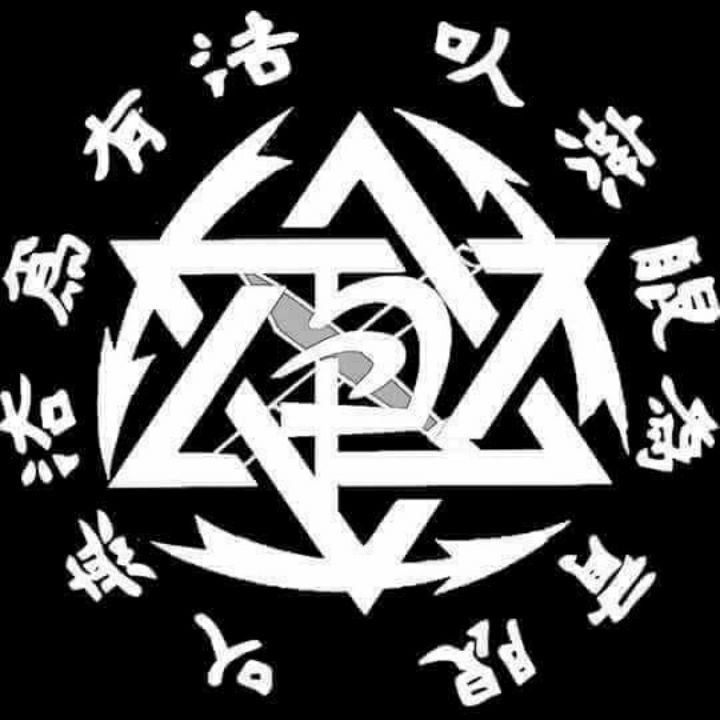Unlocking the Secrets of Kina Mutay: The Filipino Art of Survival
- Sifu Jeramiah Giehl

- May 26, 2024
- 3 min read
As we journey through the annals of Philippine history, a narrative of war and bloodshed unfolds. Faced with the daunting challenges of battles against overwhelming odds, Filipinos demonstrated unparalleled resilience and innovation, especially when confronting trained Samurai warriors armed with mere farming tools. In this crucible of adversity, the ideology of achieving parity with adversaries emerged as a guiding principle, leading to the development of ingenious techniques within the Filipino martial arts.
The term "circumvent" takes on a unique connotation in the Filipino martial context—it implies not just evading, but "finding a way to cheat." In the realm of weaponry, Filipinos crafted a remarkable method of "cheating" that deviated from conventional blocking and striking approaches. Rather than engaging in a direct exchange of blows, they mastered the art of disarming opponents by targeting and smashing their weapon hands—a tactic known metaphorically as "defanging the snake."
This innovative approach extended beyond weapon-based combat to empty-hand engagements. Instead of defensively blocking punches and kicks, Filipinos employed nerve destruction techniques to neutralize incoming strikes. In contrast to trading blows, they seamlessly integrated close-quarters combat, utilizing knees, elbows, and headbutts. This philosophy, rooted in the narrative of David overcoming Goliath, forms the bedrock of the Filipino paradigm.
Enter Kina Mutay: The Art of Pinching and Biting
Central to this paradigm is the concept of Kina Mutay, which literally translates to "the art of pinching and biting." In the realm of Jeet Kune Do, it is referred to as "biting and eye gouging," emphasizing the preference for precise eyeball pinching. Filipino Escrimadores, armed with exceptional grip strength cultivated through wielding heavy sticks, swords, and knives, demonstrated a unique form of "cheating" in grappling situations.
Legendary grandmasters like Floro Villabrille, known for husking coconuts with bare hands, epitomized this grip strength. Bruce Lee himself, recognizing the importance of tendon strength in fingers and forearms, incorporated innovative equipment into his training to develop a similar attribute.
The Unconventional Grappling Fusion
In the wrestling realm, Brazilian jiu-jitsu practitioners stand as kings, showcasing subtlety in body movements, ground sensitivity, and mastery of leverage. Combining the art of Brazilian jiu-jitsu with the Filipino art of Kina Mutay creates a hybrid grappling form that may be among the most formidable globally. Kina Mutay provides a unique avenue to navigate the intricacies of the jiu-jitsu game, offering a valuable tool in street fights against larger, stronger ground fighters.
In the absence of rules, weight classes, or referees, the notion of "cheating" becomes a survival imperative. Kina Mutay emerges as a critical skill set to ensure one's ability to prevail in dire situations.
Training Methods of Kina Mutay: Biting with Precision
Delving into the training methods of Kina Mutay unveils a meticulous process to hone this unconventional skill. Understanding the essential principles involves breaking down the training into key components, starting with the technique of biting. A Kina Mutay practitioner, always conscious of the flesh in their mouth, avoids the common mistake of attempting to use all teeth in a single bite. Instead, they employ precise incisor pressure in a repeated circular motion, creating numerous smaller bites that, when cumulatively applied, inflict unimaginable damage.
Practicing this technique involves using a timer and a large piece of beef roast encased in a t-shirt. The goal is to tear through the meat as quickly as possible. Over time, practitioners develop the mechanics needed to tear through substantial slabs of meat within seconds, showcasing the efficiency of their bites.
Where and When to Bite: Navigating the Grappling Landscape
The next critical aspect of Kina Mutay involves understanding where to bite and when to apply this technique. While teeth can be used on various areas of an opponent's body, the focus is on specific regions that meet two criteria: extreme sensitivity to pain and strategic positioning for uninterrupted biting. These areas include the cheek, neck, ear, nipple, latissimus dorsi, and groin.
The key lies in holding the opponent in a firm grip, ensuring uninterrupted bites. This grip strength, coupled with biting, provides a unique advantage in grappling situations. By targeting sensitive areas and maintaining an unyielding grip, a Kina Mutay practitioner can inflict both physical and emotional damage on the assailant.
The Psychological Impact of Kina Mutay: A Form of Demoralization
An often-overlooked aspect of Kina Mutay is the profound psychological impact it inflicts on the attacker. Through a vicious bite or eye gouge, the practitioner not only causes physical pain but induces panic when the assailant realizes they cannot stop the onslaught. Emotionally, the assailant is demoralized, creating a powerful deterrent effect.
While Kina Mutay is deemed an absolute last resort, its efficacy in life-or-death situations cannot be understated. The distasteful nature of these techniques is outweighed by the imperative of self-preservation. The martial arts community must distinguish between self-preservation and self-perfection, recognizing that, in extreme circumstances, unconventional methods may be the only means to ensure survival. In the complex tapestry of martial arts, Kina Mutay stands as a testament to the innovative spirit and adaptability of the Filipino martial tradition.

Comments